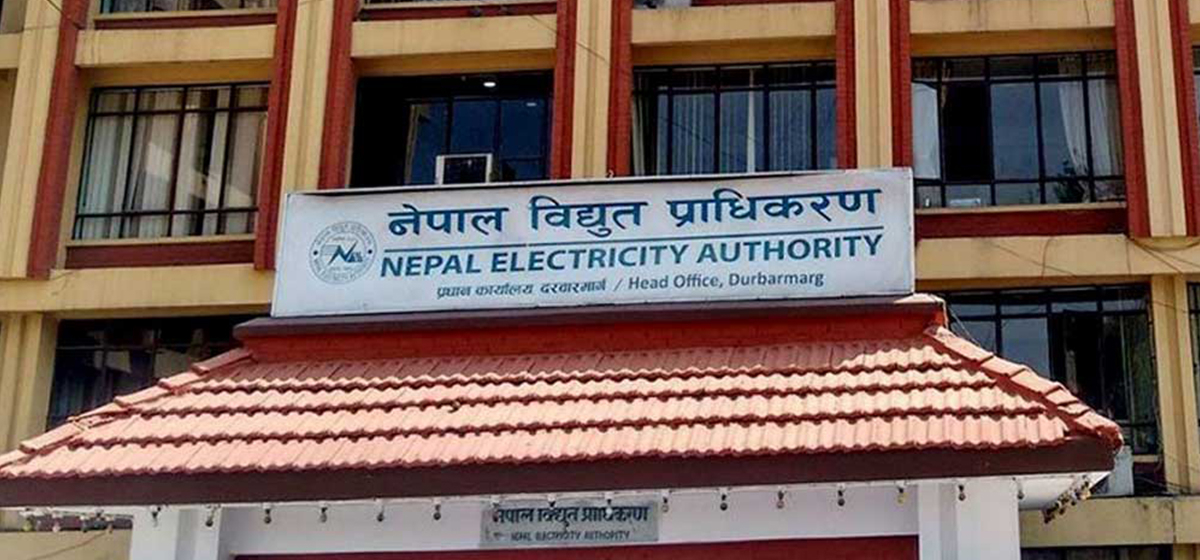Phase 1: The Dormant Mandate (1984-2023)
This phase establishes the long-standing legal basis for a public offering, which remained inactive for decades.
|
Date (Nepali) |
Approx. Gregorian Date |
Event & Technical Detail |
Significance & Data Point |
|
2041 |
1984 |
NEA Act, 2041 enacted. Source |
Legal Foundation: Section 5 of the Act establishes the legal basis for public share issuance. Section 28 details governance procedures “after shares worth at least ten percent… have been subscribed by the public,” anticipating a minimum 10% public float. |
|
[Period of Inactivity] |
1985-2023 |
NEA operates as a 100% state-owned monopoly. |
The public issuance mandate remains dormant. The government is the sole shareholder, making Section 28’s provisions inactive. |
Phase 2: The 2080 Initiative: IPO Activation & Financial Justification (2023-2024)
This phase marks the activation of the dormant mandate, driven by strong financial performance and a clear corporate strategy under MD Kulman Ghising.
|
Date (Nepali) |
Approx. Gregorian Date |
Event & Technical Detail |
Significance & Data Point |
|
2080/03/19 |
July 4, 2023 |
NEA Board of Directors’ 944th Meeting. |
Internal Corporate Approval: The board, under MD Kulman Ghising, formally resolves to issue shares to the public. The decision is to issue up to 20% of the authorized capital as a premium IPO. |
|
2080/08/25 |
December 11, 2023 |
NEA Board of Directors Meeting. Source |
Proposal Formalization: The board reaffirms its decision and prepares the formal proposal for the Ministry of Energy, Water Resources and Irrigation. |
|
2080/10/06 |
January 20, 2024 |
Ministry of Finance provides consent. Source |
Key Regulatory Hurdle Cleared: The Ministry of Finance’s consent allows the proposal to advance to the Cabinet for final approval. |
|
2080 Magh 9 |
January 23, 2024 |
Government Cabinet Decision. Source |
Capital Base Established: Sets NEA’s authorized capital at NPR 300 Billion (≈USD 2.25B). This is a CapEx-driven figure, intended to fund equity in projects like Dudhkoshi, Upper Arun, and critical transmission infrastructure (estimated need: NPR 534 Billion by 2030 Source). |
|
[Ongoing Basis] |
FY 2080/81 |
Financial Performance Valuation. |
Premium IPO Justification: The audited Book Value Per Share (BVPS) is calculated at NPR 125.38. This legally justifies a premium issuance under SEBON rules Source, which cap the price at twice the net worth per share. This supports a maximum theoretical issue price of NPR 250.76. The proposed price was NPR 250 per share Source. The plan aimed to raise ~NPR 60 Billion (≈USD 450M). |
Phase 3: The Strategic Pivot & Deferment (Late 2024-2025)
This phase details the abrupt derailment of the IPO plan due to a political-strategic shift, evidenced by a leadership change and a new financial narrative.
|
Date (Nepali) |
Approx. Gregorian Date |
Event & Technical Detail |
Significance & Data Point |
|
~2081 Ashwin |
October 2024 |
Management Discussions. |
Formal Postponement: The IPO and convertible bond tracks are officially designated as “off/deferred” in internal management discussions. |
|
2081 Chaitra 11 |
March 24, 2025 |
Leadership Change: Government sacks MD Kulman Ghising; appoints Hitendra Dev Shakya. Source |
Political Tipping Point: Ghising’s removal, following a conflict over industrial tariff collection Source, signals a reversal of his policies. Shakya’s appointment marks a new strategic direction. |
|
2082 Baishakh |
April/May 2025 |
New Management Issues “White Paper”. Source |
Financial Narrative Shift: The new management reframes NEA’s financial status. The Ghising-era net profit of NPR 13.31 Billion (FY 2023/24) is re-stated as a net loss of NPR 5.26 Billion after tax and depreciation adjustments Source. The narrative shifts from “profitable” to a “liquidity crisis” Source. Total assets are reported as NPR 644 Billion Source, with pending liabilities of NPR 44.54 Billion in arrears Source. |
|
2082 Ashad |
June/July 2025 |
New SEBON Policy for Hydropower IPOs. Source |
New Regulatory Barrier: SEBON announces a policy requiring hydropower companies to commence electricity generation before issuing an IPO. This invalidates the 2080 plan to use IPO funds for new projects. |
|
2082 Ashad/Shrawan |
July 2025 |
MD Shakya Announces New Debt Plan. Source |
Strategic Pivot Formalized: The deferred IPO is replaced with a debt-based strategy. The new plan consists of a short-term loan of NPR 10 Billion and a NPR 20 Billion non-convertible Energy Bond for expansion Source. |
|
2082 Ashoj 23 |
October 9, 2025 |
Cabinet Approves NPR 20 Billion Energy Bond. Source |
Debt Strategy Cemented: The Cabinet formally approves the issuance of the NPR 20 Billion Energy Bond, definitively prioritizing this non-diluting instrument over the NPR 60 Billion IPO. |
Phase 4: The Future Model: Structural Barriers and the Only Viable Path (Post-2025)
This phase analyzes the structural barriers to an integrated NEA IPO and outlines the only remaining viable model for public equity.
|
Factor |
Technical Detail & Data |
Impact on IPO Strategy |
|
The Unbundling Prerequisite |
Long-standing government policy to unbundle NEA into Generation, Transmission, and Distribution entities Source. |
Structural Barrier: An integrated NEA IPO presents an unquantifiable regulatory risk for investors, as the entity is slated for breakup. The integrated IPO is deemed “un-investable” Source and is indefinitely postponed until after restructuring. |
|
The “Production-First” SEBON Rule |
New 2082 policy: Hydropower companies can only IPO after commencing production Source. |
Renders 2080 Plan Obsolete: The original plan to fund new projects like Upper Arun via an IPO is now illegal under this new rule. |
|
The Viable Path: Generation Company IPO |
Model based on the successful precedent of Upper Tamakoshi Hydroelectric Project (UTKHPP) Source. |
The Only Compliant Solution: A future IPO of a separated “NEA Generation Company” is the only model that: 1. Solves the Unbundling Problem: Offers a clean, investable asset. 2. Complies with SEBON Rule: The company would comprise existing, operational assets. 3. Solves Dilution Concern: Can replicate the UTKHPP 51/49 ownership model (51% state-controlled entities, 49% public float) Source, preserving state control. |









Leave a Reply